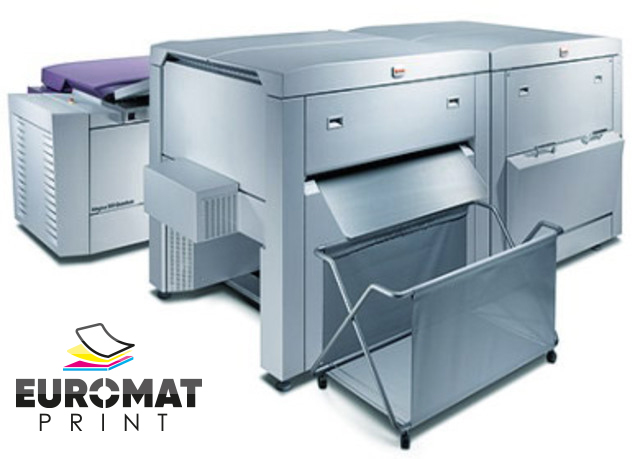Pre-Press Process in Printing
With the printing technologies, which makes the most of technological opportunities, printing industry has become quite developed. Alternative printing works to be practiced according to the sector provide better quality service. Setting before printing comes into prominence at this point. Therefore, the dimensions to be determined and papers to be used play significant role.
Advantages of CTP
CTP comes to mind when it comes to ‘Settings Before Printing.’ CTP (Computer-to plate) is an imaging technology which helps to transfer a digital image generated in a computer to a printing plate. This technology, which is used frequently and is much easier than Offset Printing, is removing the film generation. Today, Printing Sector is made use of CTP.
Format of Images
At the pre-printing process, format of the images which should be pdf, psd, ai, indd, svg or eps must be in CMYK mode. RGB format should be in the right profile while converting to CMYK mode. Otherwise, various color gradations may occur.
Settings Before Printing
First of all, the plate is properly fixed to the boiler. This is the first step of the workflow. Ventilated paper is placed. Ventilation is provided so that the edges of the paper do not stick together. All transfer ink must be used but if additions are required, ink should be stirred with the help of a spatula. Considering the thinness of the paper, lightness of the ink should be determined. After these procedures, suction head and vacuum rubbers are calibrated taking into account the property of the paper. Transport spoon pressure, double paper control equipment, cutters are checked.
300 DPI images make possible high quality prints. Because of being a significant detail, the choice of DPI is one of the procedures to be considered for pre-press process. Since a better printing will be obtained with the setting to be made, it is must to have device knowledge.

